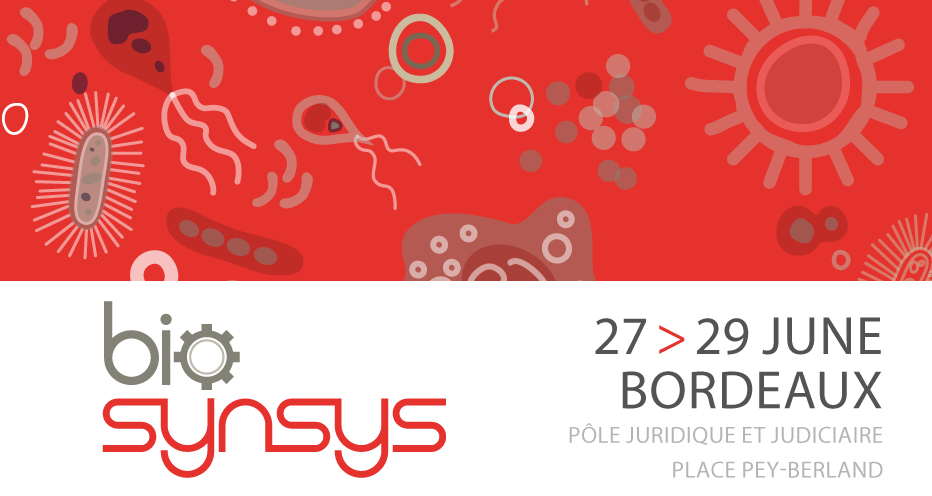Pseudomonas aeruginosa is a Gram-negative bacterium that causes opportunistic infections in immuno-compromised patients and exhibits natural and acquired resistance to diverse antibiotics. The prototypic MexAB-OprM drug efflux system which exports a large variety of antimicrobial compounds is composed of three partners. A transporter (MexB) is located in the inner membrane exchanging antibiotics against proton motive force. An outer membrane channel (OprM) facilitates the exit of drugs. A periplasmic adaptor protein (MexA), attached to the inner membrane by its fatty acid anchor, is assumed to bridge the gap between MexB and OprM. We previously studied the interactions between MexA and OprM reconstituted on a supported lipid membrane, allowing the control of their orientation and determined the architecture of OprM/MexA complex reconstituted into lipid membranes, using cryo-electron tomography [1].
We present here the reconstitution of native MexAB-OprM in a lipid nanodisc system [2]. To reconstitute the whole system between two membranes, we use a “bottom-up” approach, by producing two building blocks corresponding to the transmembrane components inserted in lipid nanodisc. The whole system self-assembled after mixing the building blocks with the third partner MexA and single particle analysis by electron microscopy revealed the lipid nanodisc-embedded inner and outer membrane protein components linked together via the periplasmic adaptor protein, this forming a tripartite setup.
A better understanding of the parameter controlling the self-assembly process of the pump is of main importance for identifying molecules capable of interfering with the complex formation. Such molecules could impair the efflux of drug and therefore represent a new class of molecule helper to restore the killing activity of antibiotics. To this end, we are developing a tool to test in vitrothe functionality of the pump using vesicles obtained from the self assembly of copolymers, so called polymersomes. These synthetic vesicle present lower permeability compared to liposomes and should help to control efflux/influx of species exclusively via the pump. With this system, we will able to reproduce the compartments of the bacterium as a minimal cell.
[1] Trépout et al. 2010 Biochim. Biophys. Acta. – Biomembranes 1798, 1953–1960.
[2] Daury et al. 2016 Nature Commun. 7, 7:10731.

 PDF version
PDF version
